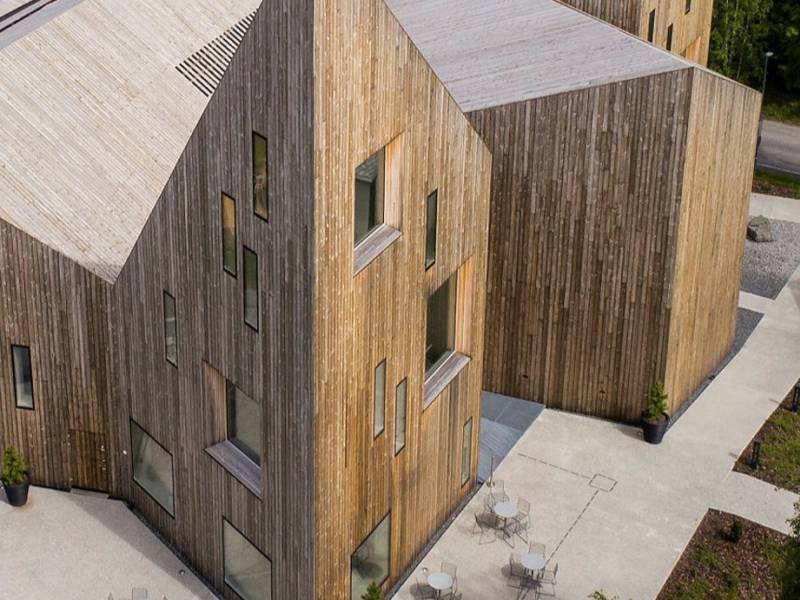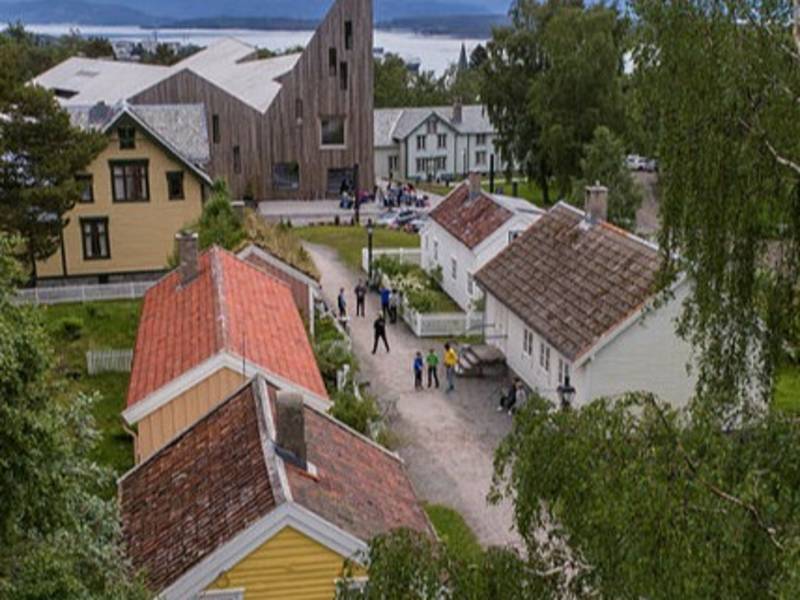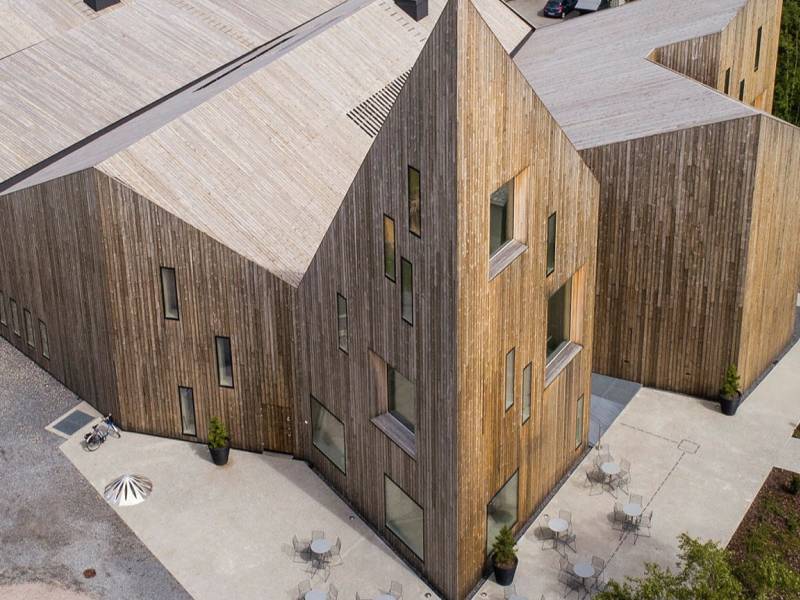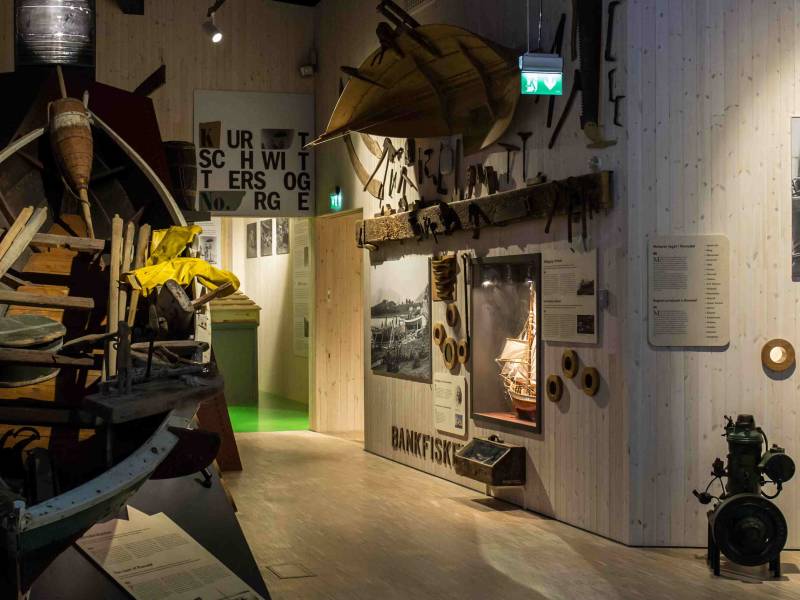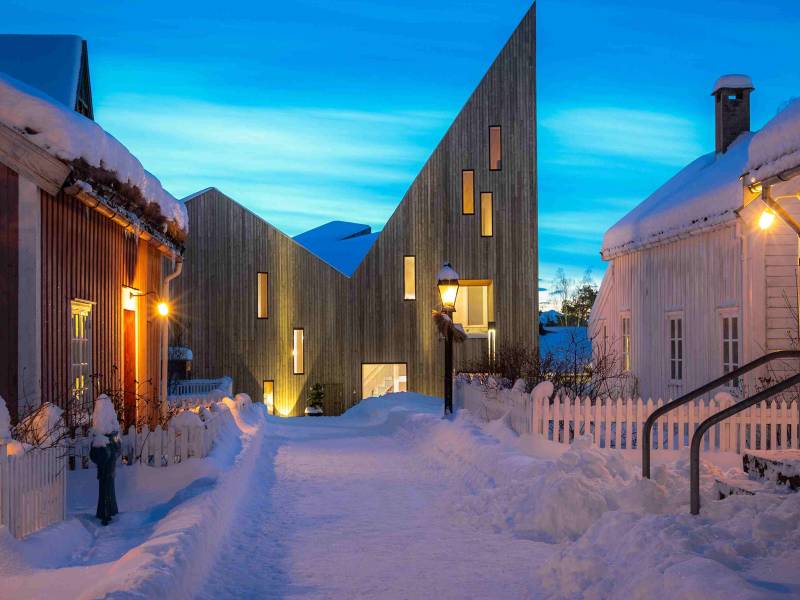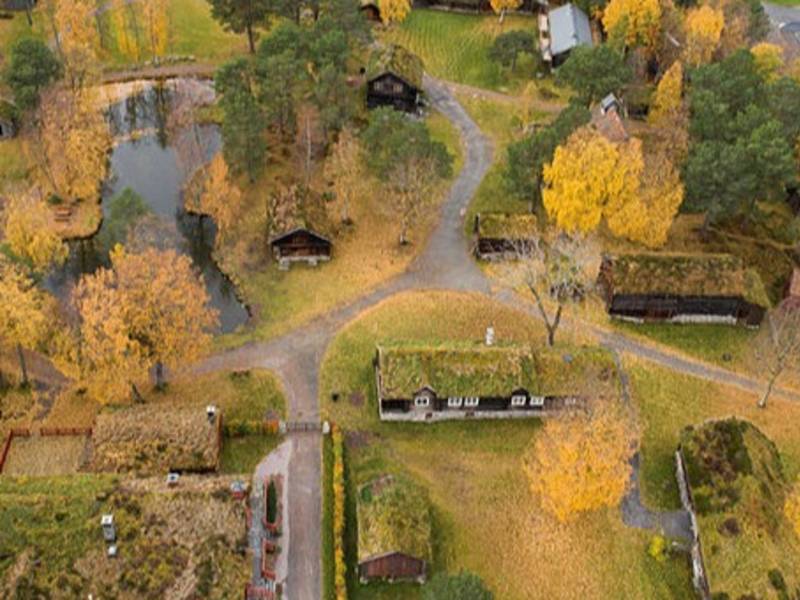
Romsdal museum outdoor audio guide
Provided by:
Romsdalsmuseet

The village collection is the oldest part of the Romsdal Museum. The first houses at Romsdalsmuseet stood down in Reknesparken, south of the current museum area. After the museum bought the area behind Rekneshaugen in 1927, development began in full swing. In 1928, the museum was opened to the public. The collection of approx. 30 houses in the Romsdalsmuseet's rural department show the old farming community, with buildings, interiors and living conditions over the past 3-400 years. Hammervolltunet and Eidetunet are examples of Romsdal farms with some of the houses that belonged to the old farming community. The seat life is represented by two seat bows and hay bales. Otherwise, there are outhouses and outhouses from different times and for different purposes. Certain houses have been newly built on the site, such as the chapel and the houses on the stage area. The museum area is open all year round for those who want to walk around and look at the village collection. During the summer season and at certain events, the houses are open with guided tours and activities. Welcome!
